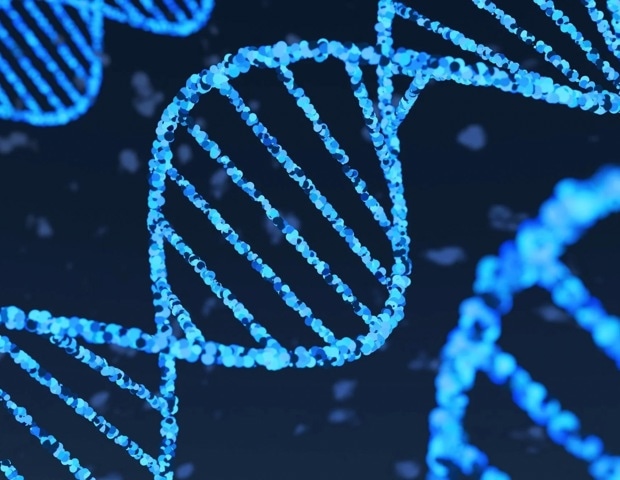
Amyotrophic lateral sclerosis (ALS) – which you will know because the illness that affected Stephen Hawking – is a deadly neurodegenerative illness that causes progressive muscle weak spot. A analysis crew at Tohoku College and Keio College has uncovered a unifying mechanism in ALS revolving across the expression of UNC13A (a gene essential for neuronal communication) that represents a standard goal for growing efficient therapy methods that might enhance the lives of sufferers with ALS.
“Scientists nonetheless do not totally perceive the method behind the lack of motor neurons in ALS. ALS is understood for its genetic heterogeneity – that means that there are quite a few potential combos of genes and elements that might result in ALS. This makes it troublesome to develop a singular therapy that works for everybody.”
Yasuaki Watanabe, Assistant Professor, Tohoku College
For instance, an indicator of many ALS instances is the lack of TDP-43 (a nuclear RNA-binding protein) which causes widespread RNA dysregulation. Nevertheless, many different ALS-linked proteins corresponding to FUS, MATR3, and hnRNPA1 have additionally been implicated, every with differing pathological mechanisms. This variety has lengthy hindered the seek for widespread therapeutic targets.
Led by Assistant Professor Yasuaki Watanabe and Professor Keiko Nakayama, Tohoku College, the crew sought to establish a molecular pathway shared amongst totally different types of ALS. They generated neural cell strains by which one in all 4 key ALS-related RNA-binding proteins was depleted. In all instances, the expression of UNC13A was considerably decreased.
The examine revealed two distinct molecular mechanisms underlying this discount. One mechanism entails the inclusion of a cryptic exon within the UNC13A transcript, which ends up in mRNA destabilization. The second was a very new discovering, which reveals that the lack of FUS, MATR3, or hnRNPA1 causes overexpression of the transcriptional repressor REST. Because the identify implies, REST suppresses UNC13A gene transcription, making it unable to carry out its normally useful capabilities. This suppression could also be what results in the signs present in ALS.
To make clear whether or not these outcomes mirrored what was actually occurring in sufferers with ALS, the researchers checked out motor neurons derived from ALS affected person iPS cells and in spinal twine tissues from ALS post-mortem instances. Importantly, the researchers confirmed elevated REST ranges, strengthening the scientific relevance of their findings.
This newly found convergence of distinct ALS-causing mutations on a single downstream effect–UNC13A deficiency–offers crucial perception into the illness’s complexity. The outcomes spotlight UNC13A as a central hub in ALS pathogenesis and recommend that preserving its expression, or modulating REST exercise, might characterize promising therapeutic methods.
“This examine offers a beneficial framework for growing broad-spectrum remedies that concentrate on shared molecular vulnerabilities in ALS,” says Nakayama.
As ALS progresses, sufferers’ muscle tissue waste away till they ultimately lose the flexibility to swallow or breathe. A therapy that might doubtlessly decelerate or stop this development in as many sufferers as potential represents a big stride ahead in ALS analysis.
Supply:
Journal references:
Watanabe , Y., et al. (2025). ALS-associated RNA-binding proteins promote UNC13A transcription by way of REST downregulation. The EMBO Journal. doi.org/10.1038/s44318-025-00506-0